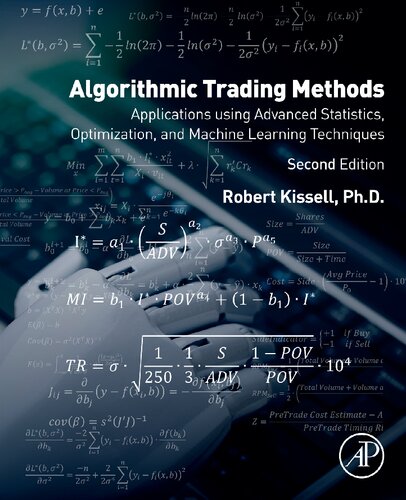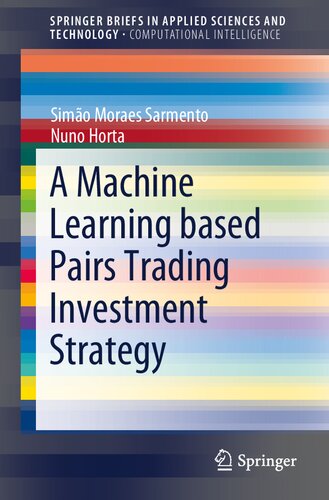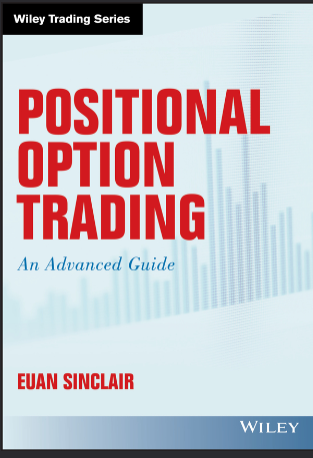موضوعات
آموزش و پرورش
ادبیات و زبان
پزشکی، دندانپزشکی و داروسازی
تاریخ و جغرافیا
داستان و رمان
دیگر
دین و فلسفه
روانشناسی
ریاضیات و آمار
سلامتی، تناسب اندام و رژیم غذایی
شیمی و پلیمر
علوم اجتماعی و حقوق
علوم زیستی و بیوتکنولوژی
فیزیک و نجوم
کامپیوتر و اینترنت
کتابهای کودکان و داستان
کسب و کار و اقتصاد
کشاورزی و دامپزشکی و غذا
معماری
مهندسی و فناوری
هنر و تئاتر
محصولات
Day Trading for Dummies - Original PDF
نویسندگان: خلاصه: Understand how day trading works―and get an action plan Due to the fluctuating economy, trade wars, and new tax laws, the risks and opportunities for day traders are changing. Now, more than ever, trading can be intimidating due to the different methods and strategies of traders on Wall Street. Day Trading For Dummies provides anyone interested in this quick-action trading with the information they need to get started and maintain their assets. From classic and renegade strategies to the nitty-gritty of daily trading practices, this book gives you the knowledge and confidence you'll need to keep a cool head, manage risk, and make decisions instantly as you buy and sell your positions. New trading products such as cryptocurrencies Updated information on SEC rules and regulations and tax laws Using options to manage risk and make money Expanded information on programming If you’re someone who needs to know a lot about day trading in a short amount of time, this is your place to starHands-On Financial Modeling with Microsoft Excel 2019: Build practical models for forecasting, valuation, trading, and growth analysis using Excel 2019 - Original PDF
نویسندگان: خلاصه: Explore different aspects of financial modeling with the help of easy-to-follow instructions, productivity tips, and a variety of Excel features and functions Key Features A non-data professional's guide to exploring financial functions and pivot tables in Excel Prepare various models for income and cash flow statements and balance sheets Perform valuations and identify growth drivers with real-world case studiesTrading Spaces: The Colonial Marketplace and the Foundations of American Capitalism - Original PDF
نویسندگان: خلاصه: When we talk about the economy, “the market” is often just an abstraction. While the exchange of goods was historically tied to a particular place, capitalism has gradually eroded this connection to create our current global trading systems. In Trading Spaces, Emma Hart argues that Britain’s colonization of North America was a key moment in the market’s shift from place to idea, with major consequences for the character of the American economy. Hart’s book takes in the shops, auction sites, wharves, taverns, fairs, and homes of seventeenth- and eighteenth-century America—places where new mechanisms and conventions of trade arose as Europeans re-created or adapted continental methods to new surroundings. Since those earlier conventions tended to rely on regulation more than their colonial offspring did, what emerged in early America was a less fettered brand of capitalism. By the nineteenth century this had evolved into a market economy that would not look too foreign to contemporary Americans. To tell this complex transnational story of how our markets came to be, Hart looks back farther than most historians of US capitalism, rooting these markets in the norms of seventeenth- and eighteenth-century Britain. Perhaps most important, this is not a story of specific commodity markets over time but rather is a history of the trading spaces themselves: the physical sites in which the grubby work of commerce occurred and where the market itself was born.Trading Systems and Methods (Wiley Trading) - Original PDF
نویسندگان: خلاصه: The new edition of the definitive reference to trading systems―expanded and thoroughly updated. Professional and individual traders haverelied on Trading Systems and Methods for over three decades. Acclaimed trading systems expert Perry Kaufman provides complete, authoritative information on proven indicators, programs, systems, and algorithms. Now in its sixth edition, this respected book continues to provide readers with the knowledge required to develop or select the trading programs best suited for their needs. In-depth discussions of basic mathematical and statistical concepts instruct readers on how much data to use, how to create an index, how to determine probabilities, and how best to test your ideas. These technical tools and indicators help readers identify trends, momentum, and patterns, while an analytical framework enables comparisons of systematic methods and techniques. This updated, fully-revised edition offers new examples using stocks, ETFs and futures, and provides expanded coverage of arbitrage, high frequency trading, and sophisticated risk management models. More programs and strategies have been added, such as Artificial Intelligence techniques and Game Theory approaches to trading. Offering a complete array of practical, user-ready tools, this invaluable resource: Offers comprehensive revisions and additional mathematical and statistical tools, trading systems, and examples of current market situations Explains basic mathematical and statistical concepts with accompanying code Includes new Excel spreadsheets with genetic algorithms, TradeStation code, MetaStock code, and more Provides access to a companion website packed with supplemental materials Trading Systems and Methods is an indispensable reference on trading systems, as well as system design and methods for professional and individual active traders, money managers, trading systems developers.Learn Algorithmic Trading: Build and deploy algorithmic trading systems and strategies using Python and advanced data analysis - Original PDF
نویسندگان: خلاصه: Understand the fundamentals of algorithmic trading to apply algorithms to real market data and analyze the results of real-world trading strategies Key Features • Understand the power of algorithmic trading in financial markets with real-world examples • Get up and running with the algorithms used to carry out algorithmic trading • Learn to build your own algorithmic trading robots which require no human intervention Book Description It's now harder than ever to get a significant edge over competitors in terms of speed and efficiency when it comes to algorithmic trading. Relying on sophisticated trading signals, predictive models and strategies can make all the difference. This book will guide you through these aspects, giving you insights into how modern electronic trading markets and participants operate. You'll start with an introduction to algorithmic trading, along with setting up the environment required to perform the tasks in the book. You'll explore the key components of an algorithmic trading business and aspects you'll need to take into account before starting an automated trading project. Next, you'll focus on designing, building and operating the components required for developing a practical and profitable algorithmic trading business. Later, you'll learn how quantitative trading signals and strategies are developed, and also implement and analyze sophisticated trading strategies such as volatility strategies, economic release strategies, and statistical arbitrage. Finally, you'll create a trading bot from scratch using the algorithms built in the previous sections. By the end of this book, you'll be well-versed with electronic trading markets and have learned to implement, evaluate and safely operate algorithmic trading strategies in live markets. What you will learn • Understand the components of modern algorithmic trading systems and strategies • Apply machine learning in algorithmic trading signals and strategies using Python • Build, visualize and analyze trading strategies based on mean reversion, trend, economic releases and more • Quantify and build a risk management system for Python trading strategies • Build a backtester to run simulated trading strategies for improving the performance of your trading bot • Deploy and incorporate trading strategies in the live market to maintain and improve profitability Who this book is for This book is for software engineers, financial traders, data analysts, and entrepreneurs. Anyone who wants to get started with algorithmic trading and understand how it works; and learn the components of a trading system, protocols and algorithms required for black box and gray box trading, and techniques for building a completely automated and profitable trading business will also find this book useful.Fractal Energy Trading: Four Simple Rules to Profit In Any Market & Any Timeframe [Print Replica] Kindle Edition - Original PDF
نویسندگان: خلاصه: his book is dedicated to my father Allan for taking the ultimate risk as a young man so that the rest of us had the freedom to pursue opportunity. Lib- erty is a very powerful concept and one that he fought for with his life. This book is also dedicated to my mother Charmaine who understood at an early age that opportunity cost was defined by “staying put,” that not having the freedom to express one’s talents was akin to imprisonment, and that tea must only be brewed whilst boiling.Algorithmic Trading Methods: Applications Using Advanced Statistics, Optimization, and Machine Learning Techniques - Original PDF
نویسندگان: خلاصه: Algorithmic Trading Methods: Applications using Advanced Statistics, Optimization, and Machine Learning Techniques, Second Edition, is a sequel to The Science of Algorithmic Trading and Portfolio Management. This edition includes new chapters on algorithmic trading, advanced trading analytics, regression analysis, optimization, and advanced statistical methods. Increasing its focus on trading strategies and models, this edition includes new insights into the ever-changing financial environment, pre-trade and post-trade analysis, liquidation cost & risk analysis, and compliance and regulatory reporting requirements. Highlighting new investment techniques, this book includes material to assist in the best execution process, model validation, quality and assurance testing, limit order modeling, and smart order routing analysis. Includes advanced modeling techniques using machine learning, predictive analytics, and neural networks. The text provides readers with a suite of transaction cost analysis functions packaged as a TCA library. These programming tools are accessible via numerous software applications and programming languages.A Machine Learning based Pairs Trading Investment Strategy - Original PDF
نویسندگان: خلاصه: This book investigates the application of promising machine learning techniques to address two problems: (i) how to find profitable pairs while constraining the search space and (ii) how to avoid long decline periods due to prolonged divergent pairs. It also proposes the integration of an unsupervised learning algorithm, OPTICS, to handle problem (i), and demonstrates that the suggested technique can outperform the common pairs search methods, achieving an average portfolio Sharpe ratio of 3.79, in comparison to 3.58 and 2.59 obtained using standard approaches. For problem (ii), the authors introduce a forecasting-based trading model capable of reducing the periods of portfolio decline by 75%. However, this comes at the expense of decreasing overall profitability. The authors also test the proposed strategy using an ARMA model, an LSTM and an LSTM encoder-decoder.Positional Option Trading: An Advanced Guide - Original PDF
نویسندگان: خلاصه: You know nothing, Jon Snow. —Ygritte in A Storm of Swords by George R. R. Martin. He is not the only one. We are not in a time where reason is valued. In economics, the idea that marginal tax cuts pay for themselves is still advanced, even though all evidence says they don't. Forty percent of Americans do not believe in evolution. Forty-five percent believe in ghosts. These beliefs are not based on any evidence. They are manifestations of another philosophy, whether it is economic, religious, or sociological. Usually these opinions reveal more about what people want to be true rather than any facts that they know. And many people know few facts anyway. Evidence is seen as irrelevant and arguments are won by those who shout loudest and have the best media skillsResearch Methods for Leisure & Tourism: A Practical Guide - Original PDF
نویسندگان: خلاصه: This best selling text offers a practical guide to the methodology and techniques of conducting research in Leisure and Tourism. Covering both qualitative and quantitative methods, this completely revised and updated third edition is essential reading for all students and leisure managers evaluating and planning the services they offerآیا کتاب مورد نظر هنوز بر روی سایت قرار نگرفته است؟ جای نگرانی نیست! کافی است بر روی گزینه سفارش کتاب کلیک کرده و درخواست خود را ثبت کنید. در کمتر از چند ساعت کتاب شما را آماده خواهیم کرد.
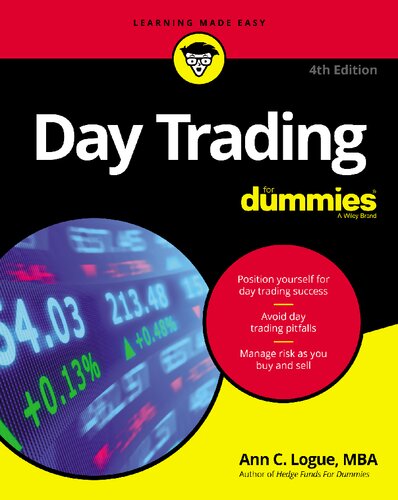
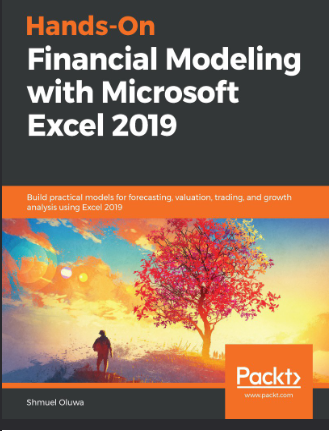

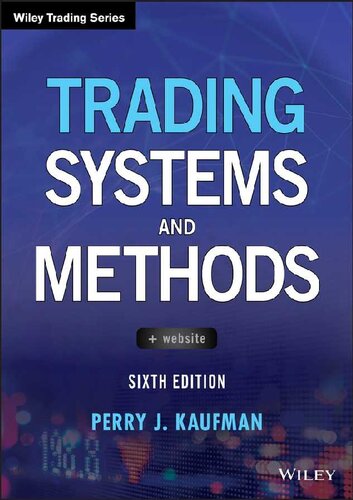
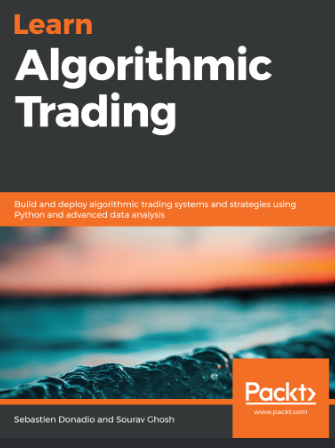
![Fractal Energy Trading: Four Simple Rules to Profit In Any Market & Any Timeframe [Print Replica] Kindle Edition - Original PDF](https://dl.libsan.ir/images/1/2023/04/13/g6rMCSaD3a2KftIYBdfxFpyuGIv2mH49Ca4udArh.jpg)
